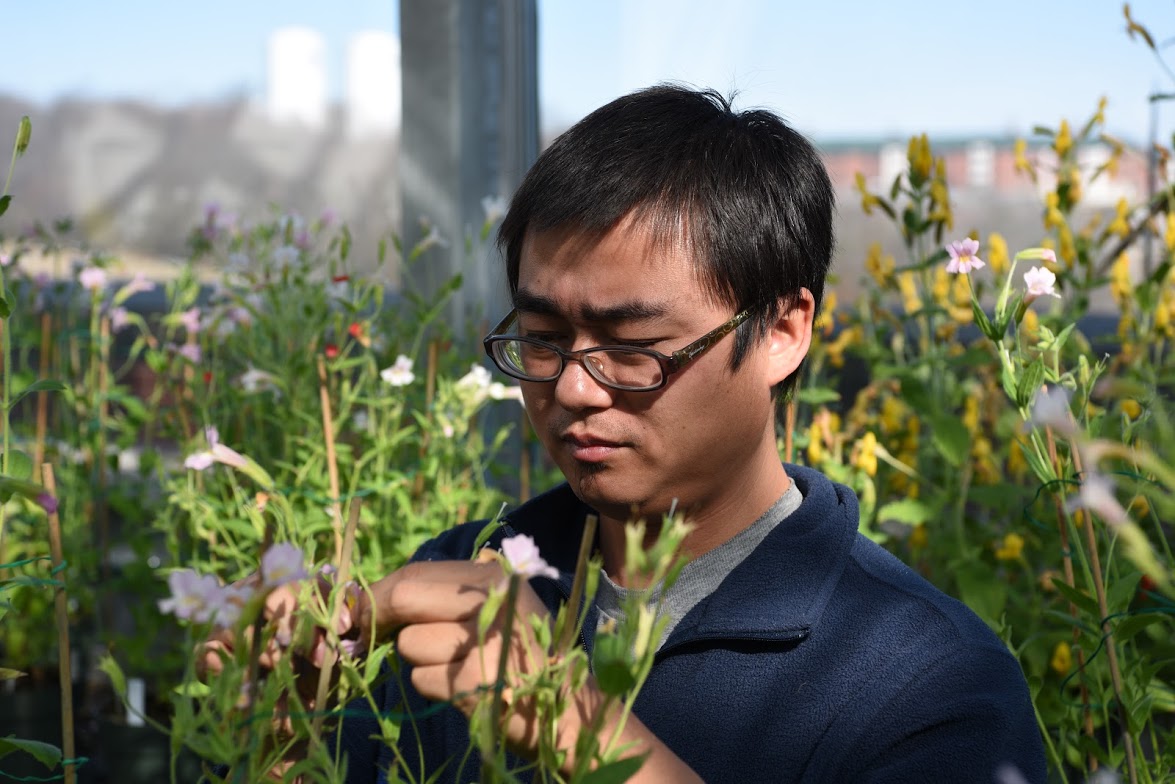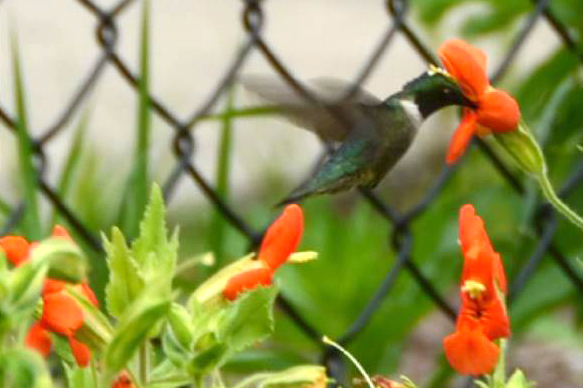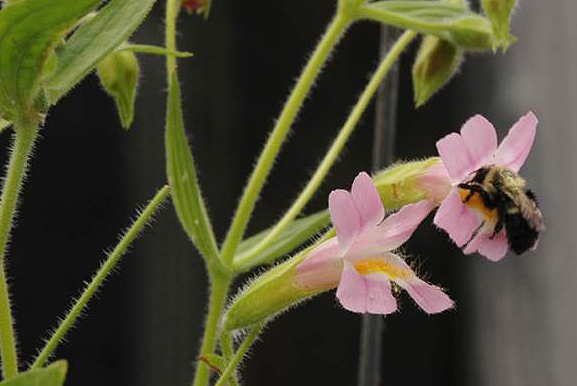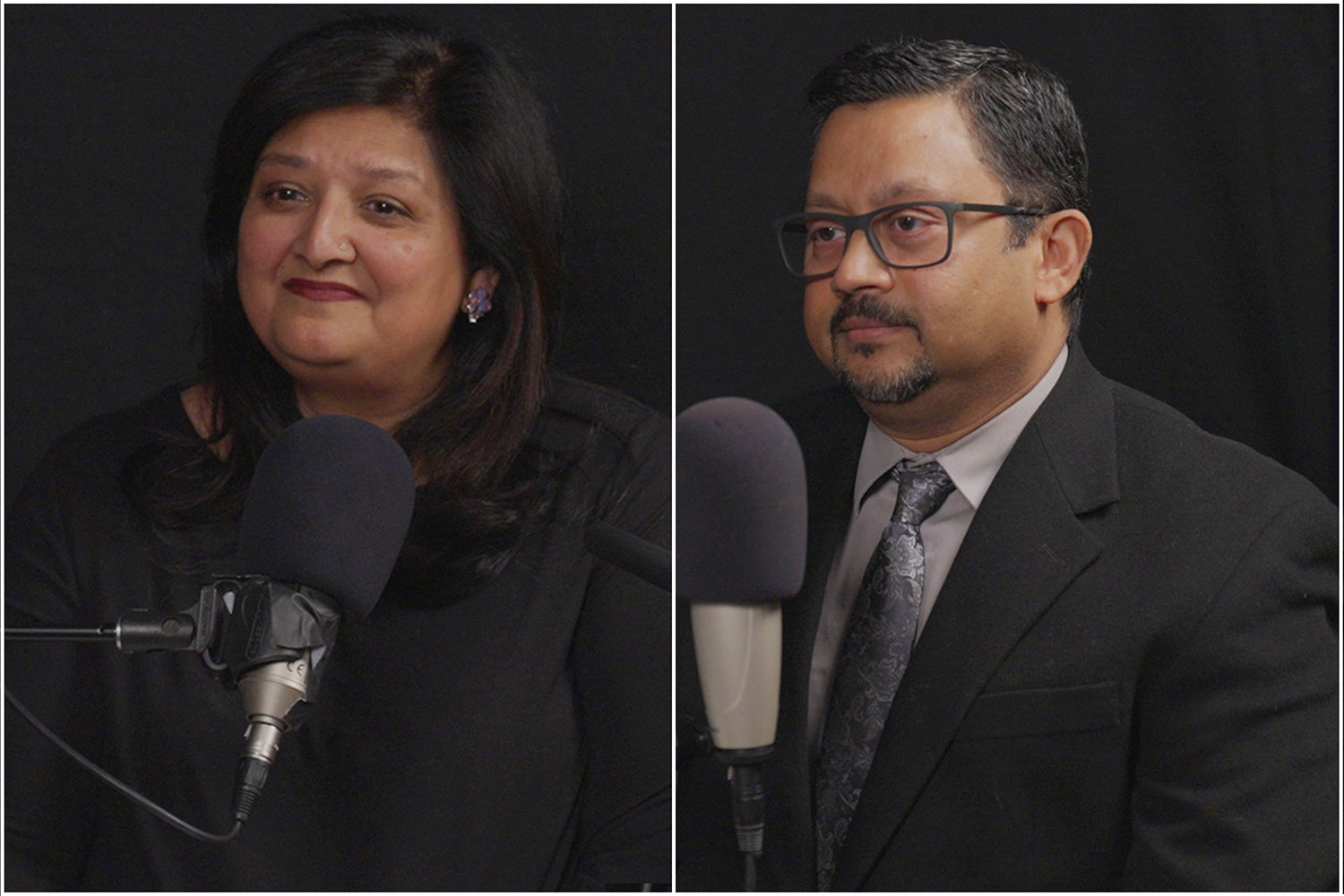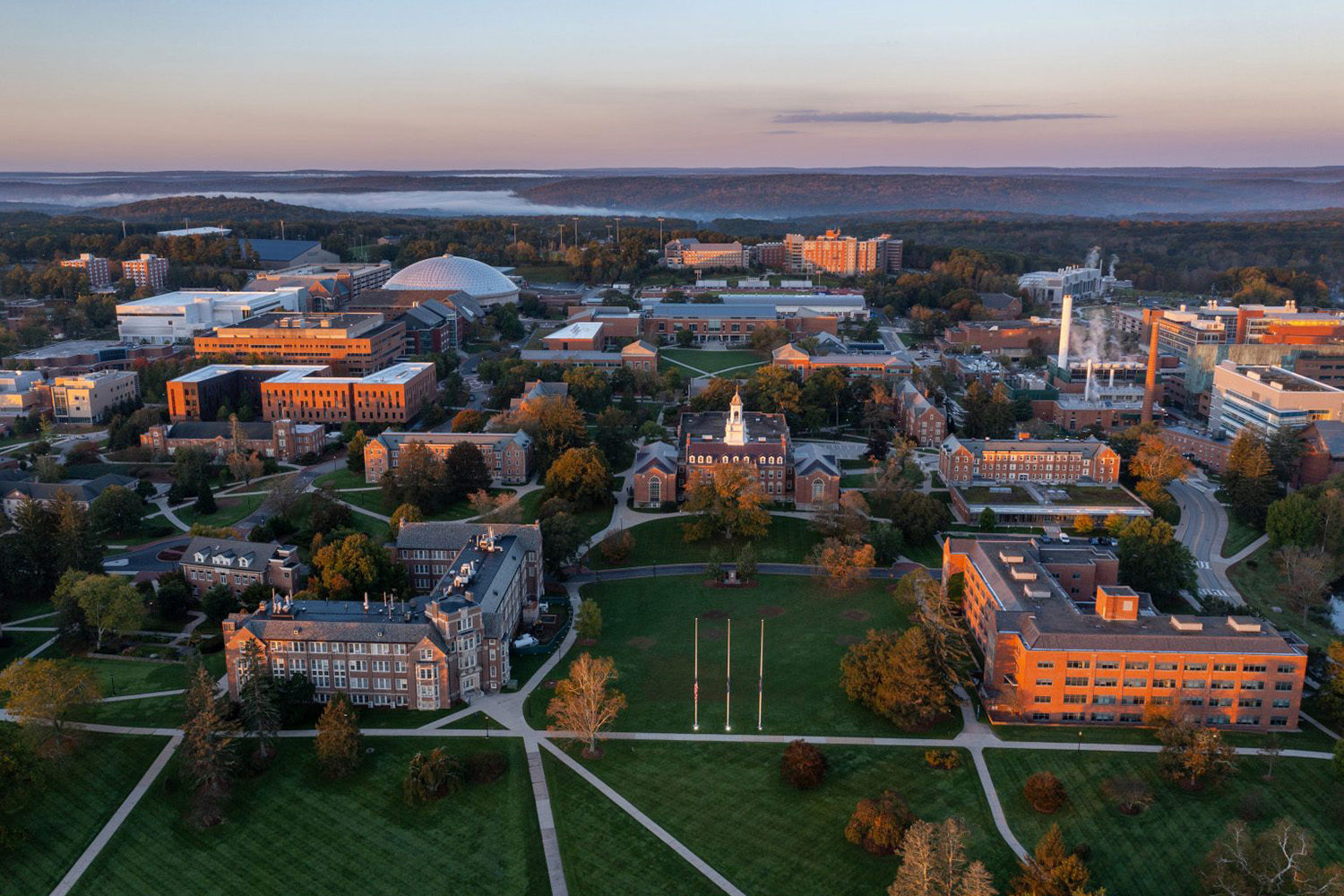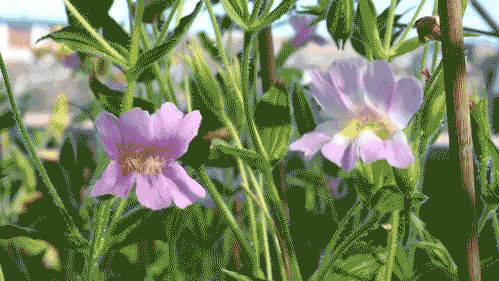 Just suppose for a moment that you are a bumblebee and below you is a field of Monkey Flowers of various patterns, colors, and shapes. Chances are nearly 100 per cent that you’d want to sip the nectar of a pink flower with a white central ring (Mimulus lewisii), and you would never even glance at the solid red blossom (Mimulus cardinalis) growing nearby. Those you would leave to the hummingbirds.
Just suppose for a moment that you are a bumblebee and below you is a field of Monkey Flowers of various patterns, colors, and shapes. Chances are nearly 100 per cent that you’d want to sip the nectar of a pink flower with a white central ring (Mimulus lewisii), and you would never even glance at the solid red blossom (Mimulus cardinalis) growing nearby. Those you would leave to the hummingbirds.
The so-called Monkey Flowers in the genus Mimulus got their name because their flowers have a mouth-like shape, and to some they resemble the face of a monkey. They are actually a diverse group of some 150 species worldwide, with about 80 of those species native to California.
While much is already known about the genetics of flower color intensity, little is known about the spatial patterns of pigmentation, such as the ones that help attract bumblebees and other pollinators to certain plants.
But now, in a paper published in the Proceedings of the National Academy of Science (PNAS), UConn researcher Yaowu Yuan and his colleagues report that they have unlocked some of the mysteries of pattern formation and why there are differences in patterns between two closely related species.
Yuan, an assistant professor in the Department of Ecology and Evolutionary Biology, says the researchers identified a specific gene (called LIGHT AREAS 1 OR LAR1) that is responsible for the spatial pattern variation between the bumblebee-pollinated M. lewisii and the hummingbird-pollinated M. cardinalis. This gene affects the spatial distribution of anthocyanins – the pigments in flowers responsible for colors on the pink, purple, blue spectrum.
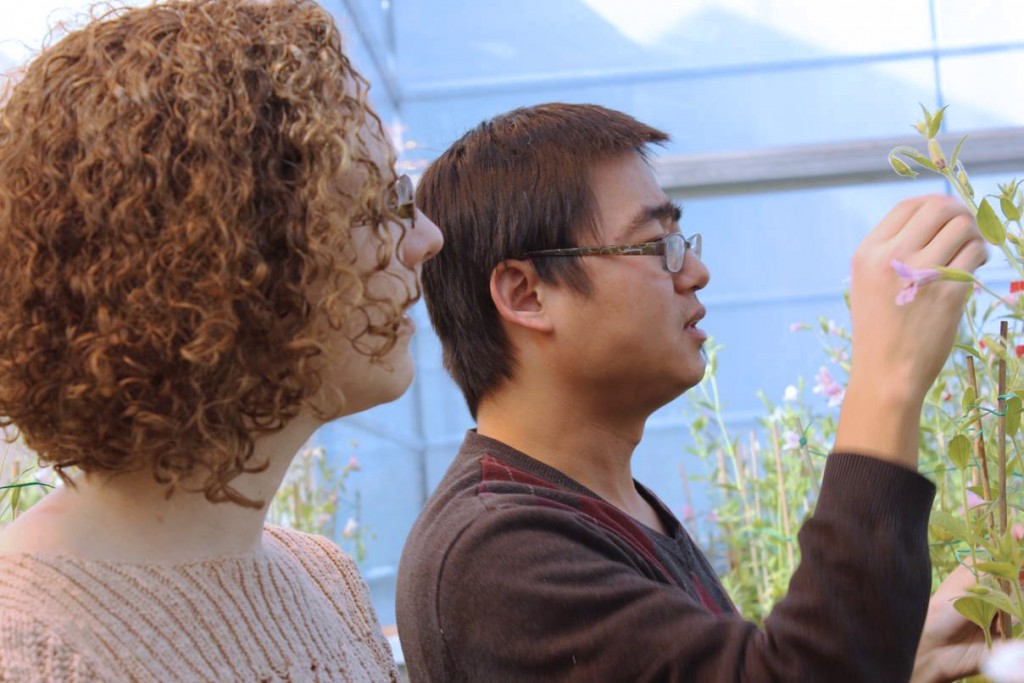
LAR1 has a regulatory effect on something called flavonols – chemical compounds that are similar to anthocyanins in structure but are usually colorless.
In answer to the question of how this gene makes the patterns different between species, Yuan explains that there is essentially a competition going on between the anthocyanin pigments and the flavonols.
“The production of pigments requires activation of a biochemical pathway – a series of chemical reactions that convert pigment precursors to colorful pigments,” he says. “The biosynthesis of anthocyanins and flavonols rely on the same pigment precursors. If there are high activities of flavonol biosynthesis in a cell, the precursors are all ‘eaten up’ – little anthocyanin [pigment] will be produced – and vice versa.”
The interplay between the two sets up a ‘prepattern’ of pigment distribution in M. lewisii, producing the white region surrounding the throat of the otherwise pink petals: the white region has high activities of flavonol biosynthesis caused by the LAR1 gene.
In the ‘sister’ species M. cardinalis, there are low activities of flavonol biosynthesis throughout the flower, because LAR1 is not expressed in that species.
While colors and patterns may be what attract various pollinators to certain flowers, co-author Lauren Stanley, a doctoral student in ecology and evolutionary biology, points out that this is just the beginning of the process. The shape of the flowers also makes a big difference, with the long tongue of a hummingbird able to reach nectar buried deep within a narrow floral tube. At the opposite extreme, the stubby bumblebee prefers wider floral tubes so that it can crawl in to sip the nectar.
“This is a fascinating study,” Stanley says, “because it combines both developmental genetics and evolution. The genetics explains the color patternings, and the evolution explains how various species of plants and animals have adapted to suit each other’s needs.”
She notes that the hummingbird is attracted to the color red, whereas the bumblebee doesn’t have the visual receptors for this color but it can recognize the pink and white pattern on the species it favors. The shape of the individual blossom further differentiates the species from one another.
Understanding the mechanism behind colors and patterns in flowers is not only interesting from a basic science perspective, it has potential applications for commercial agricultural crops and for the horticulture industry.
And for Yuan, working with Monkey Flowers in the EEB research greenhouse, there’s an additional benefit.
“This is such a calming place,” he says with a smile. “If my day isn’t going as planned, I come up here and spend about 20 minutes, and everything comes into focus. I feel lucky that my research involves finding out what makes flowers so beautiful.”
